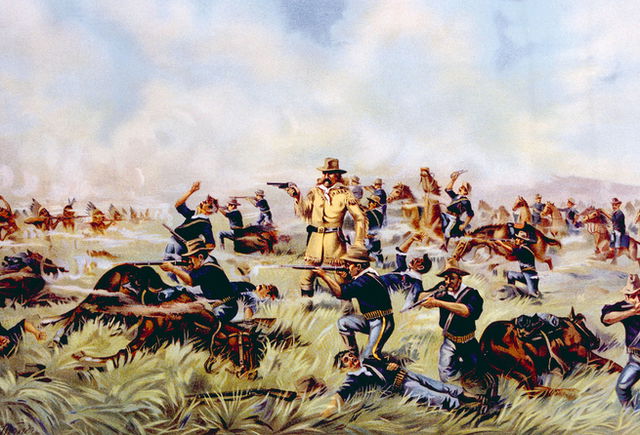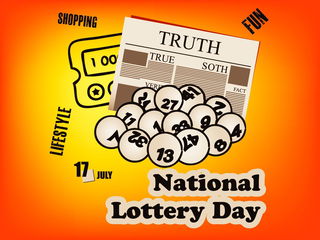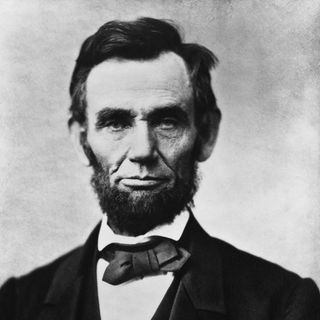- Calendar
- Calendar 2026
- June
- Battle of the Little Bighorn
Battle of the Little Bighorn
The Battle of the Little Bighorn was an armed conflict that took place on the morning of June 25, 1876. It is also known as the Battle of the Greasy Grass or Custer's Last Stand.
The battle took place between the Lakota, Cheyenne, and Arapaho Native American tribes and the United States federal troops.
George Armstrong Custer led the US Army to confront the tribes after they failed to move from their land into reservations. The Indian fighters were led by Sitting Bull and severely outnumbered the American army, who quickly lost the battle.
The Native force managed to kill the entire US force in the Battle of Little Bighorn! However, their victory didn't live long as they ultimately succumbed to reservations imposed by the whites.
What Is The Battle Of Little Bighorn
The United States government implemented policies with the intention of forcing Native Americans into Indian Reservations. This did not go well with the Leaders of the Sioux tribes, Sitting Bull and Crazy Horse, and tensions between the Indians and the US government rose heavily.
Gold was discovered in South Dakota's Black Hills in 1875, the land of Native Americans. However, the US federal troops illegally invaded the region. They refused to accept this treachery and men from the Sioux and Cheyenne tribes left their reservations to join Sitting Bull and fight alongside him and Crazy Horse.
Overall, by 1876, over 10,000 Native Americans had assembled to fight along the Little Bighorn River.
On June 25th, after being sent to lead the 7th Cavalry to scout for enemies, Custer defied orders and called for the battle. He led his 600 men without reinforcements but was quickly overwhelmed by the large numbers of Indians who pledged to fight for Sitting Bull.
On June 25, after being sent to lead the 7th Cavalry to scout for enemies, Custer decided to launch an attack. Upon hearing about the invasion, Crazy Horse guided 3,000 of his troops to confront the attackers. Custer and all his soldiers were dead within one hour.
Why is the Battle of Little Bighorn Called 'Greasy Grass' and Custer's Last Stand
The Battle of Little Bighorn has different names for the native people- Greasy Grass and Custer's Last Stand.
Greasy Grass is a term in the Sioux language that refers to the valley present near the Little Bighorn river in Montana where the very battle of Little Bighorn was fought. Greasy Grass also implied the thick luscious grass that were consumed by the horses and buffaloes, crucial for the native people's livelihood.
Custer's Last Stand, as the name suggests, marks the defeat of George Armstrong Custer who led the US army.
Consequences of the Battle of the Little Bighorn
The Battle of the Little Bighorn represented the worst defeat for the US Army during the Indian War. It reinforced the idea that white Americans had of Native Americans being dangerous and wild.
As a result, efforts to confine the tribes into reservations were increased, and in five years most of the Sioux and Cheyenne tribes were imprisoned on reservations.
The site of the Battle of the Little Bighorn in Montana now houses the Little Bighorn Battlefield National Monument.
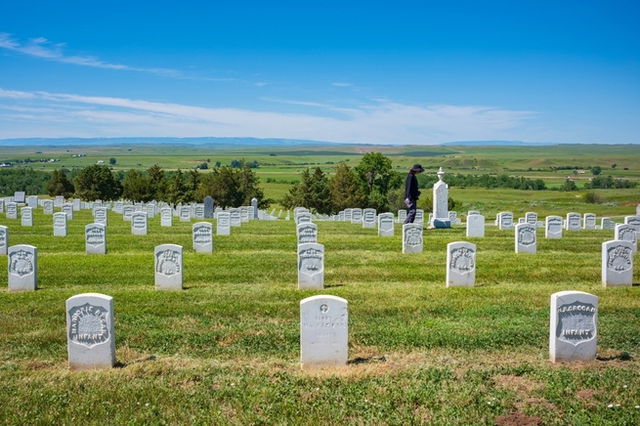
Today, it is a memorial for those who lost their lives during the battle of both the 7th Cavalry and the Native American forces.
But, for many years following the battle, the place where the fighting took place was only a national cemetery and the place of rest for Custer and his troops.
While the cemetery still stands, in 1991 the United States government recognized the sacrifices of the Native American people. Thus, an Indian Memorial was built in honor of their warriors, themed "Peace Through Unity".
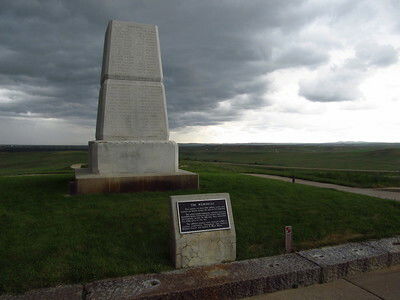
The Little Bighorn Battlefield National Monument preserves the battlefield and serves as a memorial to all those who fought.
Visitors can explore the various sites, including Last Stand Hill where Custer made his final stand, the Reno-Benteen Defense Site where other cavalry troops managed to survive, and the Indian Memorial honoring the Lakota, Dakota, and Cheyenne warriors. The park also offers a museum with exhibits about the battle and the cultures of the people involved.
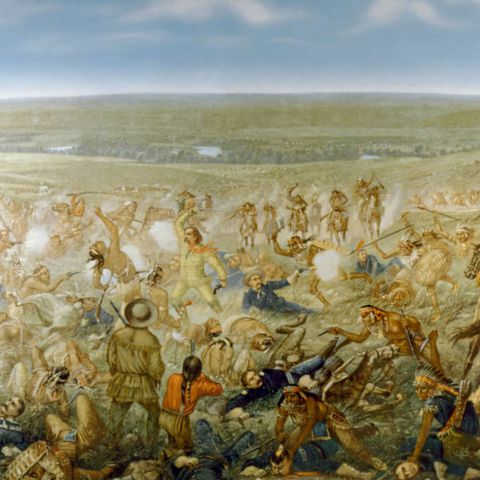
Other Celebrations
-
Jan 08 WedBattle of New Orleans
-
Feb 23 SunBattle of the Alamo
-
Mar 01 Sat
-
Apr 21 Mon
-
Jul 01 Tue
-
Aug 16 SatBennington Battle Day

Battle of the Little Bighorn - Next years
Friday, 25 June 2027
Sunday, 25 June 2028
Monday, 25 June 2029
